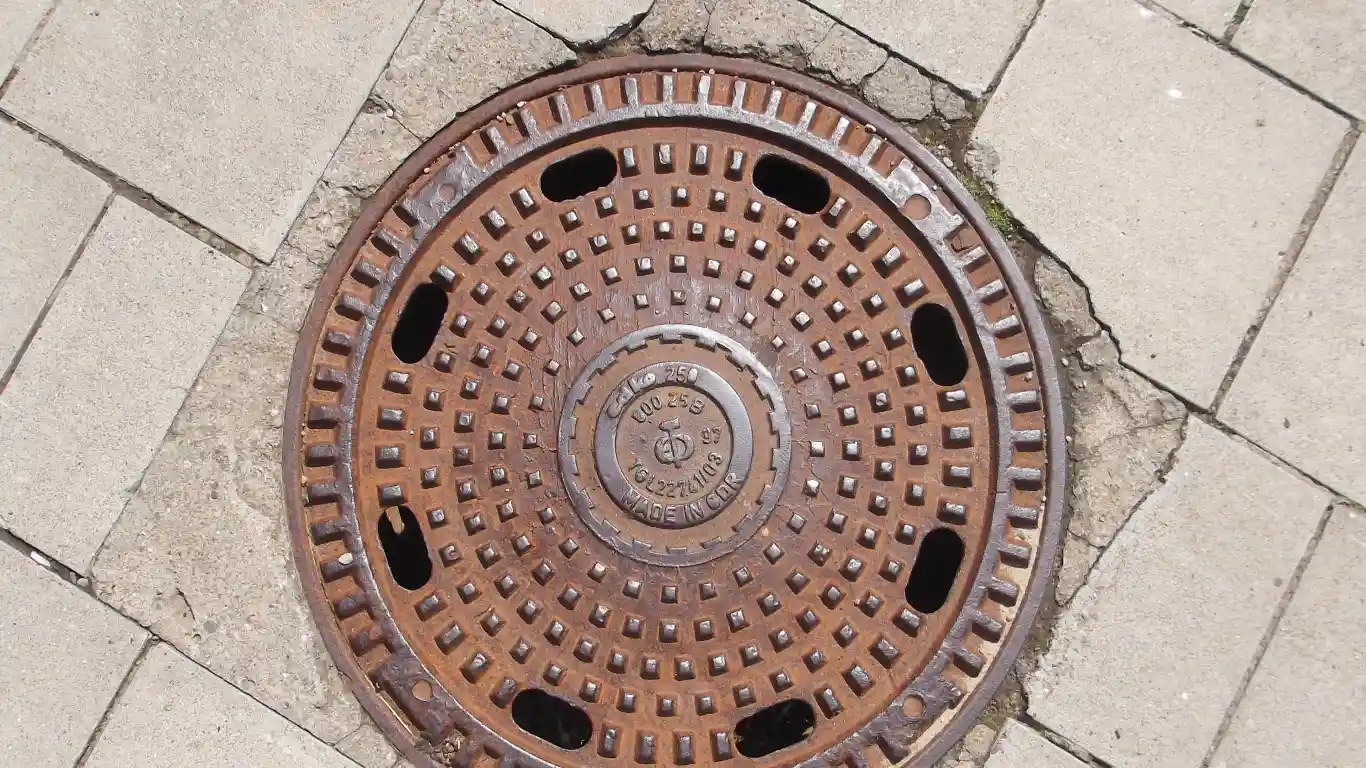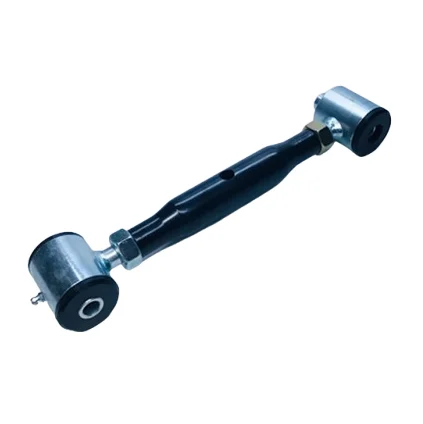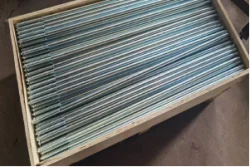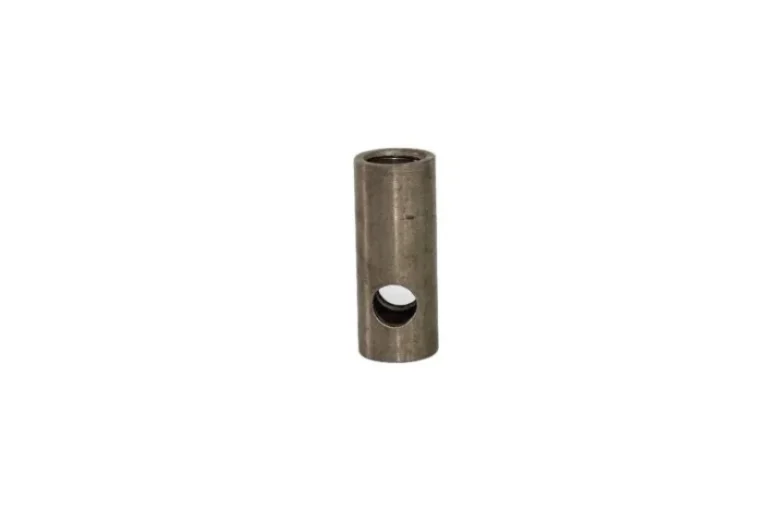Overview of Cast Iron in Sewer Covers
Historical Background of Cast Iron Usage
Cast iron has been a staple in infrastructure for centuries, largely due to its exceptional durability and capacity to withstand heavy loads. The use of cast iron in sewer covers dates back to ancient times when municipalities first began developing essential public utilities. The material’s resilience and cost-effectiveness made it an obvious choice for various applications, from building structures to street-level utilities. Even today, cast iron sewer covers are omnipresent in urban landscapes around the world, demonstrating the material’s lasting utility and reliability. Advances in production techniques have only enhanced its applicability, allowing for the creation of highly durable and intricately designed sewer covers.
Importance and Benefits of Using Cast Iron
The utilization of cast iron in sewer covers offers numerous benefits. Firstly, cast iron is incredibly robust, capable of withstanding significant weight and constant wear and tear. This high load-bearing capacity ensures that the covers can handle the pressure from vehicular traffic, including heavy trucks and buses. Secondly, cast iron is resistant to corrosion, making it well-suited for harsh outdoor environments where it may be exposed to moisture and other corrosive elements. Additionally, the longevity of cast iron reduces the need for frequent replacements, making it a cost-effective option in the long term. Its recyclability further adds to its appeal, enabling old or damaged covers to be melted down and repurposed, thereby promoting environmental sustainability.
Types of Cast Iron Employed in Sewer Covers
Gray Cast Iron
Characteristics of Gray Cast Iron
Gray cast iron is one of the most widely used types of cast iron for sewer covers. Its unique property of appealing gray color comes from the graphite flakes it contains. These graphite flakes give gray cast iron its characteristic brittleness and excellent compressive strength. Gray cast iron is relatively easy to machine, which allows for intricate designs and detailed manufacturing processes. Despite its brittleness, it offers good vibration damping, making it ideal for applications in environments with fluctuating loads.
Applications and Suitability for Sewer Covers
Due to its mechanical properties, gray cast iron is highly suitable for producing sewer covers. Its capacity to bear heavy loads makes it perfect for urban settings where covers need to withstand traffic weight. The material’s brittleness, while a limitation in some applications, is not a significant drawback for sewer covers, as they are typically used in static conditions where impact resistance isn’t as crucial. Furthermore, gray cast iron’s vibration damping capabilities are beneficial in areas with high traffic, as it helps reduce noise pollution.
Ductile Iron
Properties of Ductile Iron
Ductile iron, also known as nodular or spheroidal graphite iron, has its graphite content in nodules rather than flakes, providing it with enhanced ductility and toughness. This type of cast iron has superior tensile strength and is more flexible compared to gray cast iron. The elasticity and strength make it highly resistant to sudden impacts and physical stress, which are critical attributes for infrastructure components subjected to dynamic loading conditions.
Advantages in the Context of Sewer Infrastructure
The use of ductile iron in sewer covers offers remarkable advantages. Its high impact resistance and flexibility make it better suited for environments demanding higher performance standards. Ductile iron covers are less prone to cracking under heavy loads, enhancing their longevity and reducing maintenance costs. Additionally, ductile iron’s high tensile strength and malleability allow for thinner, lighter designs without compromising on load-bearing capabilities, which can be advantageous for installation and handling. The material also provides excellent resistance to corrosion, further extending the lifespan of ductile iron sewer covers in harsh outdoor environments.
Malleable Iron
Overview and Features of Malleable Iron
Malleable iron is another type of cast iron used in the production of sewer covers, known for its strength and flexibility. It is produced by heat-treating white cast iron to convert the carbon within it into graphite clusters, resulting in a material that combines toughness with malleability. This dual nature means malleable iron can absorb shocks without fracturing and can be stretched or deformed slightly without breaking. The heat treatment process also imparts superior tensile strength to malleable iron, making it resistant to cracks and breaks under heavy loads.
Evaluation for Use in Sewer Covers
While malleable iron is not as commonly used as gray or ductile iron, its properties make it a viable candidate for sewer covers in certain contexts. The material’s ability to withstand significant shocks and impacts can be beneficial in high-traffic or high-impact areas. Furthermore, malleable iron’s resistance to cracking under stress can reduce long-term maintenance requirements and extend the life of the sewer covers. However, the production process for malleable iron can be more complex and costly compared to the other types of cast iron, potentially making it a less economically attractive option.
Comparison Between Different Types of Cast Iron
Strength and Durability Analysis
When comparing these three types of cast iron, ductile iron typically stands out for its superior tensile strength and flexibility, making it less prone to breaking or cracking under stress. Gray iron, while less ductile, offers excellent compressive strength and vibration damping, making it well-suited for static environments. Malleable iron provides a balance of toughness and flexibility, though its cost and production complexity may limit its widespread use.
Cost Considerations
Cost is always a critical factor in selecting materials for infrastructure projects. Gray iron is generally the most cost-effective option, owing to its simpler production process and adequate performance characteristics. Ductile iron, while slightly more expensive, offers enhanced durability and flexibility that might justify the extra cost in demanding environments. Malleable iron tends to be the costliest due to its complex heat-treatment process, but its toughness and flexibility can offer value in specific use cases.
Maintenance and Longevity
Maintenance and longevity are also crucial considerations. Ductile iron often proves to be the most advantageous due to its high impact resistance and reduced propensity for cracking, which means fewer replacements and repairs over time. Gray iron, though durable, can suffer from brittleness, requiring more frequent monitoring and potential replacements. Malleable iron, with its toughness, offers good longevity but may not be as cost-effective in maintenance compared to ductile iron.
Key Factors Influencing Choice of Cast Iron for Sewer Covers
Environmental Impact and Sustainability
Environmental considerations are becoming increasingly important in material selection. Cast iron, in all its forms, is highly recyclable, which makes it an environmentally responsible choice. Ductile and gray irons are particularly advantageous due to their widespread use and well-established recycling processes. Sustainable sourcing and production methods further enhance their environmental credentials.
Safety and Load Bearing Requirements
Safety is paramount when choosing materials for sewer covers. The ability to withstand significant weight and resist accidental impacts is crucial. Ductile iron, with its high tensile strength and flexibility, often provides the best safety profile, making it ideal for high-traffic areas. Gray iron, with its excellent compressive strength, also meets safety requirements but is best suited for less demanding environments. Malleable iron can be an excellent choice for specific safety needs, offering a balance of flexibility and strength.
Regional Regulations and Standards
Finally, regional regulations and standards often dictate material choices. Local authorities may have specific requirements regarding the type and properties of materials used for public infrastructure. Compliance with these regulations is essential, and certain types of cast iron might be preferred or mandated based on regional safety, performance, and environmental standards.
Conclusion: Choosing the Appropriate Type of Cast Iron for Sewer Covers
Selecting the right type of cast iron for sewer covers involves evaluating multiple factors, including strength, cost, maintenance, environmental impact, safety requirements, and regulatory compliance. Gray, ductile, and malleable irons offer unique advantages and potential drawbacks. Gray iron provides cost-effectiveness and excellent compressive strength, ductile iron offers superior tensile strength and flexibility, and malleable iron combines toughness with a higher cost. Understanding these attributes aids in making informed decisions that balance performance, longevity, and economic feasibility, ultimately ensuring the reliability and safety of sewer infrastructure.
If you want to purchase reliable Cast Iron for Sewer Covers, BAOQI will provide you with good choices.
BAOQI specializes in manufacturing and exporting various forging, casting, and punching parts, with over 10 years of experience. Their cast iron products are part of their extensive range of offerings, which include building hardware, machinery parts, and municipal castings. BAOQI ensures high quality through ISO-9001 certification and serves a global market, including countries like Australia, Germany, and the USA. Their innovative solutions aim to make construction processes faster, safer, and more sustainable.









